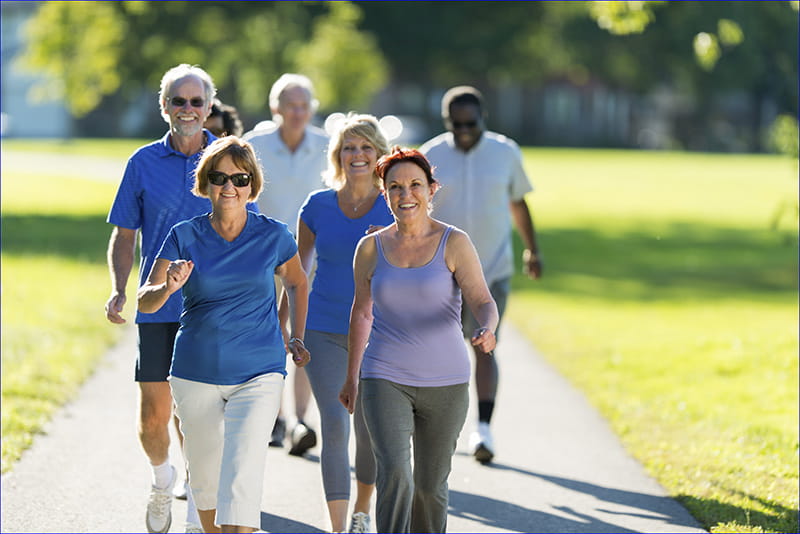Be Safe While Being Active
 Ask your doctor when you can begin a physical activity program. Your doctor can help you find a program suited to your needs and physical condition and may refer you to a formal cardiac rehabilitation program to help you learn to be active safely. You may also need an exercise stress test before you become active again.
Ask your doctor when you can begin a physical activity program. Your doctor can help you find a program suited to your needs and physical condition and may refer you to a formal cardiac rehabilitation program to help you learn to be active safely. You may also need an exercise stress test before you become active again.
Warm Up and Cool Down
Before you start and after you finish aerobic or strengthening activities, walk slowly for five to 10 minutes. Warming up, and cooling down allows a gradual increase in heart rate and breathing at the start of your workout, as well as a gradual decrease at the end. After a workout, do some stretching. to help improve flexibility.
Monitor Your Intensity
Your health care team will tell you how intense your physical activity should be — probably between a fairly light intensity and a hard intensity. A good rule of thumb is to work hard enough to breathe harder but still be able to carry on a conversation. If you can sing, you may not be working hard enough. You may also need to monitor your heart rate (pulse) and blood pressure.
Watch for Warning Signs
Warning signs that you're working too hard include:
- Angina: a feeling of squeezing, burning, pressure, heaviness or tightness under the breastbone that may spread to your left arm or shoulder, back, throat or jaw.
- Feeling lightheaded, dizzy or confused.
- Feeling extremely tired after physical activity.
- Unusual or extreme shortness of breath.
- Fast or uneven heartbeat.
If your angina lasts for more than a few minutes, or if you also have other symptoms such as nausea and sweating, call 911 or have someone take you to the nearest emergency room. You may be having a heart attack.
Learn more:





